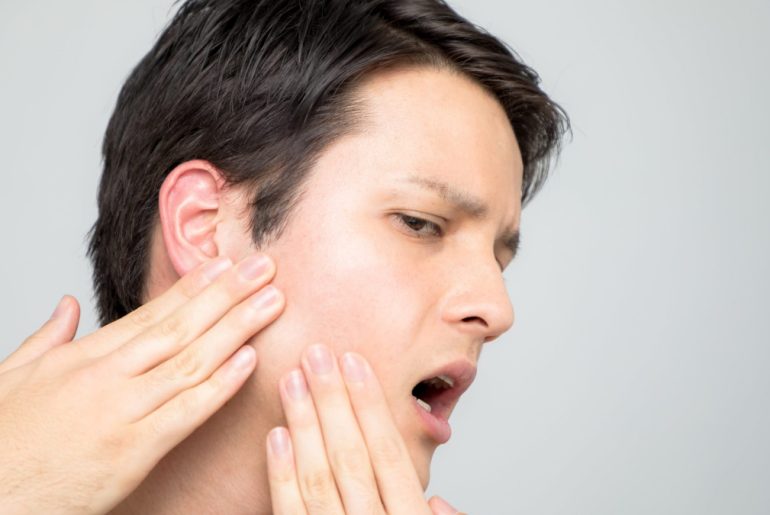Orthodontics is becoming a fast-growing sector in the dental health scene. This is since people are taking dental healthcare more seriously than ever before. Advanced research on dental disorders is at an all-time high with discoveries every day. Temporomandibular joint(TMJ) disorders characterized by grinding teeth are an example of disorders being extensively looked into. TMJ in Leander is more widespread than most people think. Read on to learn more about the disorder, its effects, and possible treatments.
What are Temporomandibular Joint Disorders?
The TMJ( temporomandibular joint) connects your jawbone to your skull, acting as a sliding hinge. TMJ disorders cause pain in the muscles controlling jaw movement and in your jaw joint.
What causes TMJ disorders is hard to determine. This is because the pain may be due to a combination of factors like arthritis, jaw injury, or genetics. The jaw pain results in teeth grinding or clenching, although clenching or grinding does not necessarily mean you have a TMJ disorder. The discomfort caused by TMJ disorders is usually temporary and can be relieved by non-surgical treatments or self-managed care.
Signs and Symptoms of TMJ Disorders
The most common ones include:
· Aching facial pain
· Tenderness or pain in the jaw
· Pain and aching in areas in and around the ear
· Pain in both or one of your TMJs
· Pain or difficulty while chewing
· Joint locking makes it hard to close or open your mouth
A grating or clicking sound can be noticed when opening your mouth or chewing.
Causes of TMJ Disorders
For sliding motions with a hinge action, the bones in the TMJ are covered by cartilage, separated by tiny shock-absorbing disks that smoothen the movement. Painful TMJ disorders happen when:
· The joint cartilage is damaged by arthritis
· The disk moves out of its proper position or erodes
· Damage occurs to the joint via impact like from a blow
Various factors may increase the chances of contracting TMJ disorders, and these include:
· Jaw injury
· Several arthritis types like osteoarthritis
· Connective tissue disorders causing problems in the TMJ
· Chronic clenching or grinding of teeth
Diagnosis and Treatment
Diagnosis may include:
· Physical tests around the jaw area
· MRI to show problems in the joint’s disk or surrounding soft tissue
· CT scan for detailed images of the joint bones
· Dental X-rays for jaw and teeth examination
· TMJ arthroscopy
Sometimes, the symptoms of TMJ disorders may go away without treatment. Persistent symptoms may require treatments such as:
Medications to relieve pain include:
· Tricyclic antidepressants
· Anti-inflammatories and pain relievers
· Muscle relaxants
Therapies such as:
· Physical therapy
· Mouthguards or oral splints
· Counseling
Surgical procedures like:
· TMJ arthroscopy
· Injections
· Arthrocentesis
· Open-joint surgery
· Modified condyloma
It would be best to become aware of habits that result from tension, like grinding teeth to reduce their frequency. However, if you feel that these habits are becoming too much to handle and are accompanied by pain or discomfort, feel free to consult your doctor. Check out our website or visit our offices in Leander, TX, to book a consultation.

